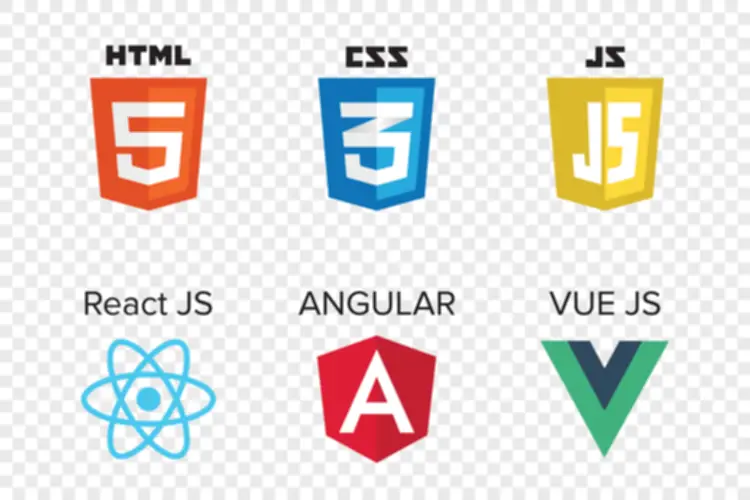By prioritizing and regularly conducting backlog grooming, groups can avoid these pitfalls, keep a clear focus, and set themselves up for profitable and productive growth iterations. The Product Owner adds new information that popped up during the session. The PO could should re-order the backlog priorities given the newly obtained details. User tales involved must be clear to all team members and be ready to be applied in the upcoming Sprint. Later, at the Sprint planning event, the Scrum Team finalizes a set of user stories for the Sprint and plans the tasks deep backlog it’ll take to complete them. The Product Owner ought to influence estimation by helping the dev group perceive and select trade-offs, but the ultimate determination is theirs.
Methods For Product Backlog Refinement

Backlogs don’t work like a line at the https://www.globalcloudteam.com/ grocery store where the primary individual in line is the first person the cashier rings out. It’s important to do not neglect that the product backlog isn’t a list of every concept your staff may have. As we talked about, your product backlog can rapidly spiral uncontrolled as new duties are added.

Strategies At Portfolio And Product Roadmap Level
That said, many groups hold off until they’ve compiled software KPIs from the final dev cycle. The complete backlog refinement process is ongoing and doesn’t essentially have an end; it’s centered on continuously maintaining your backlog manageable and prioritized. Each backlog refinement session will typically last one to two hours, depending on the backlog your group must sort out. Digital tools are instrumental in fostering higher communication among team members all through the backlog refinement process, especially during conferences. This massive listing included every thing from follow-up duties for previous releases to broad concepts about product path; from clearly-defined and discrete user stories, to verbatim feedback from customers.
Be Part Of Thousands Of Product Makers Who Already Take Pleasure In Our Publication

Spot high-value, low-cost options rapidly (value vs. complexity prioritization framework). Even when improvement assets are limited, you possibly can jump-start your most intensive initiatives with confidence. Let’s go through some great backlog prioritization strategies which lend themselves significantly to workshop environments.
Backlog Refinement Vs Sprint Planning
- Sprint planning can additionally be more than creating a sprint aim (The Why) and deciding what product backlog item (PBI) might be labored on (The What).
- If needed, take the chance to get involved with related stakeholders (could be a buyer success manager or a C-level executive) and clarify requirements.
- At its heart, the Kano model is a 2 x 2 matrix, the place you score opportunities according to their potential to thrill customers and the trouble needed to implement them.
- This method the sprint backlog is ready even before the Sprint starts.But this strategy won’t work if your product backlog has a big amount of uncertainty that requires thorough discussions.
- When prioritizing your backlog, one important factor to hold in mind for every task is how long it will take to complete.
Should Have — Should Have features are essential, however notabsolutely very important to the success of your launch. They could be painful to go away out, and should have an effect on your product, however they don’t affect minimal viability of your product. Indifferent — These have no impression on customer satisfaction levels.

Create A Separate List For All Of These Lower-priority (or Longer-term) Ideas And Requests
Once you get suggestions on MVP, you can begin refinement of the V2 list, and determine what’s related for the product you want to construct. In the early days of product development, epics tend to explode in dimension as new ideas and feedback are added. So to maintain the team on track for an MVP launch, it’s greatest to give consideration to refinement epics.
Product Backlog Prioritization Strategies 7x Useful Methods
This step is a chance to resolve any confusion and be sure that all team members have a shared understanding of the requirements. Clear communication between the product proprietor and the event staff is crucial to avoid misunderstandings that can generate issues or decelerate growth. The product roadmap outlines the general imaginative and prescient, goals, and deliberate milestones for the product over a selected time horizon. It’s a strategic document with a high-level overview of the product’s direction. It helps to align the development work (and the backlog!) with business objectives and customer needs.
Concepts On How To Improve Your Product Backlog Management Methods
Keep in thoughts that price of delay is not necessarily measured by method of dollars. One-Dimensional — These are options that make users joyful when they’re there, unhappy when they’re not. For now, although, let’s discuss some practical ideas for prioritizing your backlog.

Backlog refinement is an ongoing course of championed by the product proprietor, product managers, scrum master, and representatives from the event group. The dev team reviews the prioritized items in the backlog before accepting them. Backlog refinement ensures that the backlog is reflective of classes learned, customer perception, and business worth. In sprint planning, the event group pulls work from the backlog and commits to ship that work in the upcoming dash. Sprint planning is reliant on a refined backlog and backlog refinement gets the highest-priority work into the next dash. Product house owners ought to refine the product backlog before each dash planning assembly.
Cost of Delay is a great approach for minimizing downsides, but it can be challenging to implement. Teams will want to evaluation each merchandise and assign an anticipated price. Since you’re attempting to predict the lengthy run and comparing dissimilar prices, this can be a headache. This technique can even work nicely when there’s a big concentrate on staff bonding. By speaking over points one-by-one, the staff can higher understand each other’s perspectives and deepen their rapport. For teams which have plenty of expertise and autonomy, prioritizing on values is both straight-forward and effective.
If your team doesn’t manage its backlog effectively, it can delay the event of high-value options and trigger additional inefficiencies. By the tip of the grooming session, the backlog ought to be refined and prioritized, prepared for the upcoming dash planning assembly. The items on the top of the backlog are those who the team plans to work on through the next sprint. A well-prepared backlog ensures that the staff could make informed decisions during sprint planning, deciding on essentially the most useful and feasible work. In short, product backlog refinement is taking a backlog item and ensuring the scrum team can complete it in a dash, thereby creating a usable increment of value.
You assign weights to numerous standards (e.g. revenue potential, consumer influence, strategic alignment, or technical feasibility), after which rating every project based on those factors. This is an easy visible prioritization framework that helps teams assess tasks primarily based on the worth they deliver compared to the complexity or effort required. In Scrum, this product management activity is called Product Backlog refinement. It is important as a outcome of it reduces the danger of not creating a Done Increment. Unfortunately, the behavior of managing this complexity with mounted predictions and detailed plans nonetheless exists in lots of organizations, even these using Scrum.
Leave a Reply